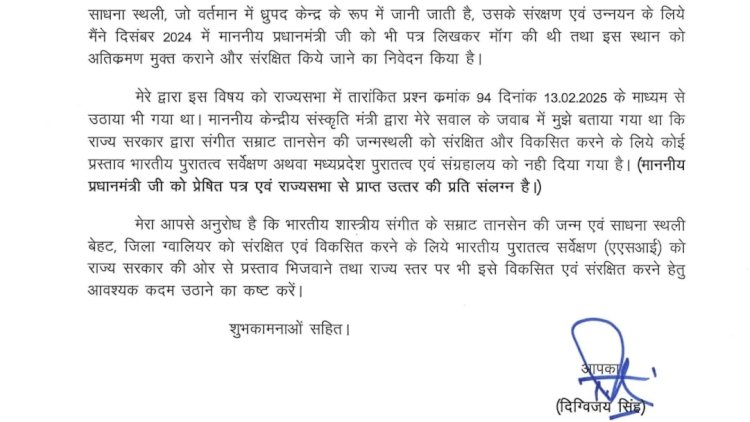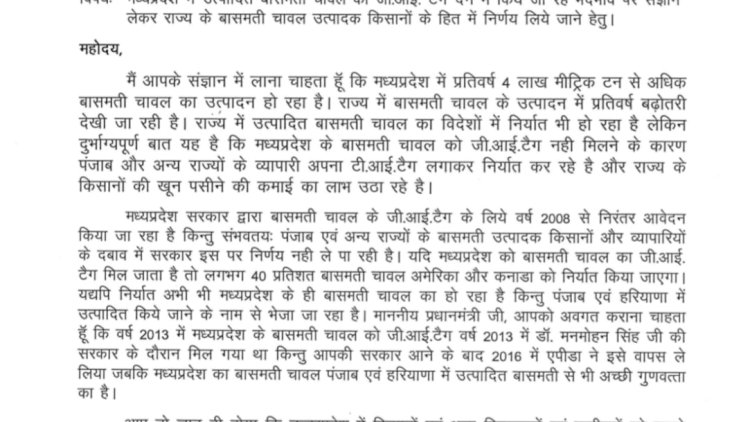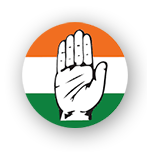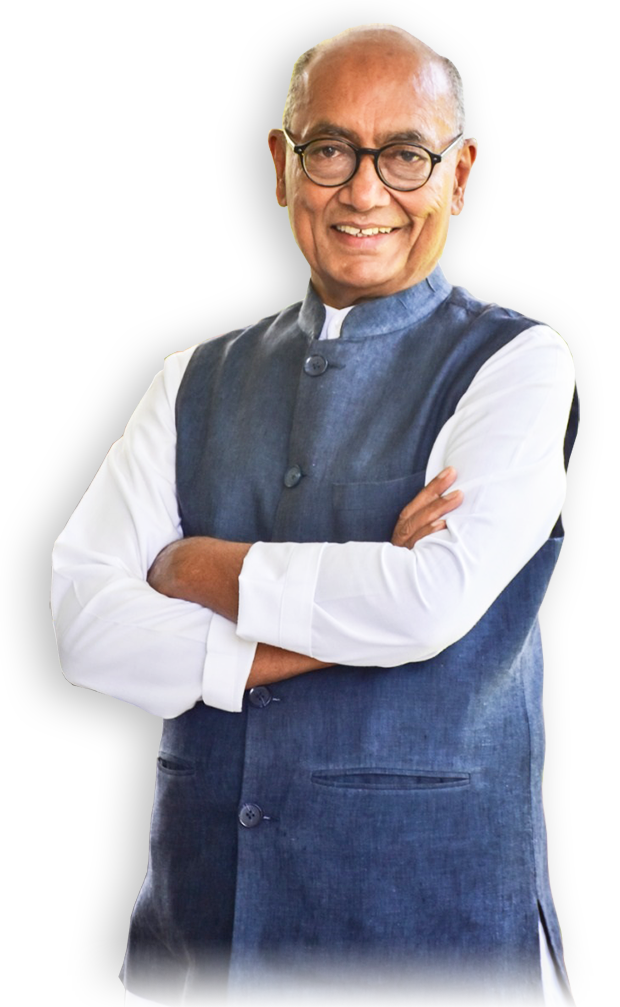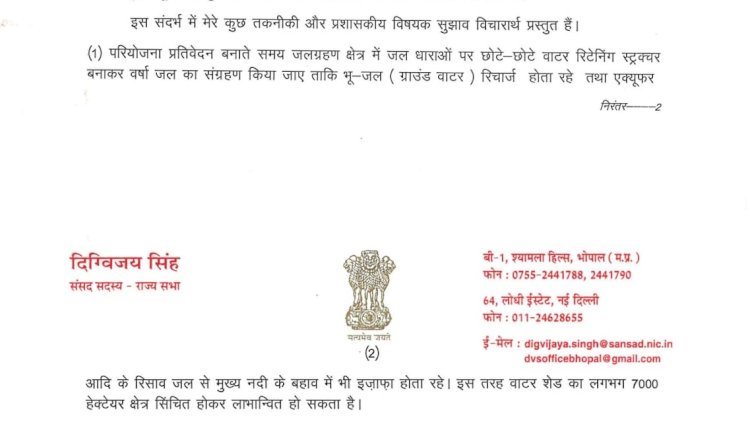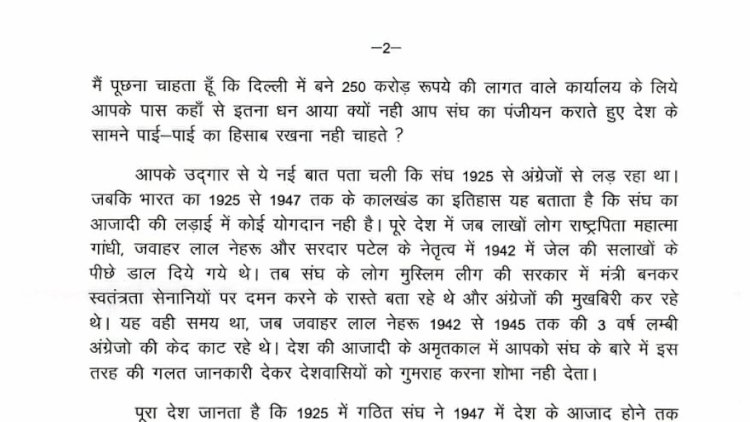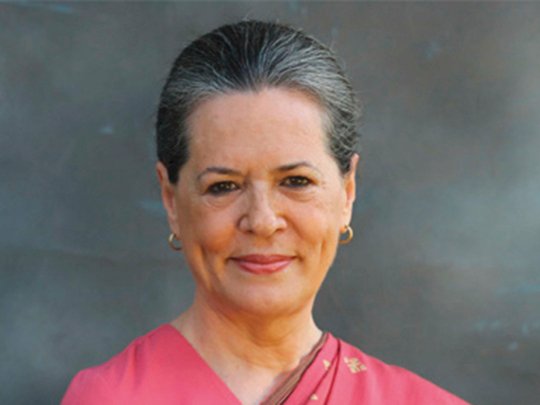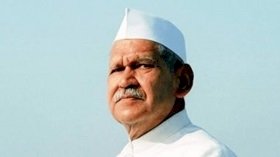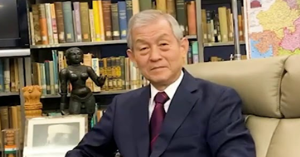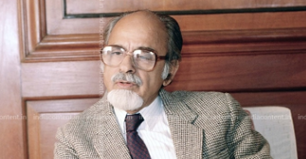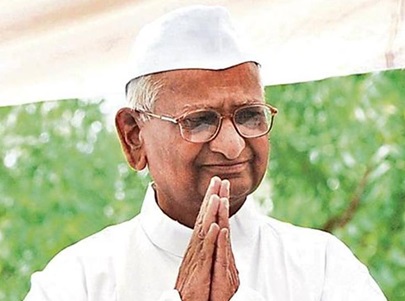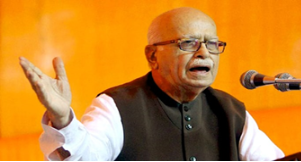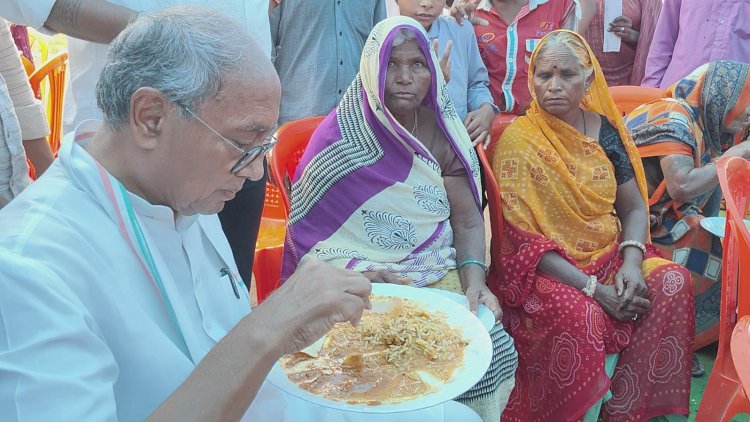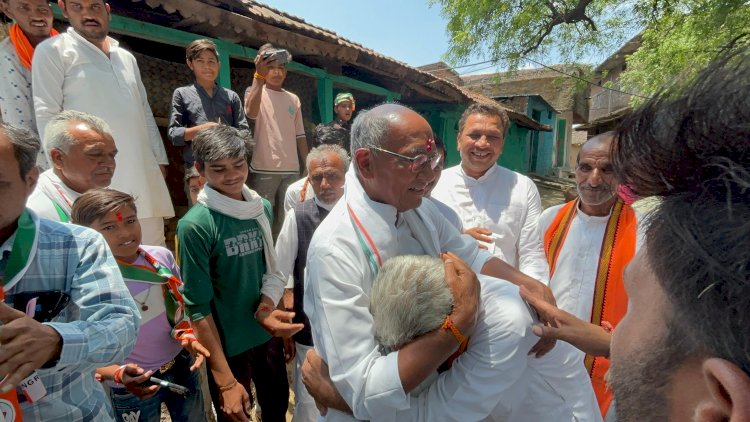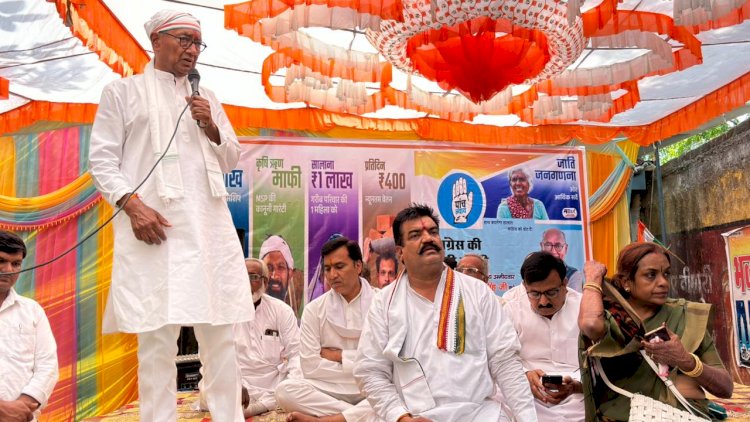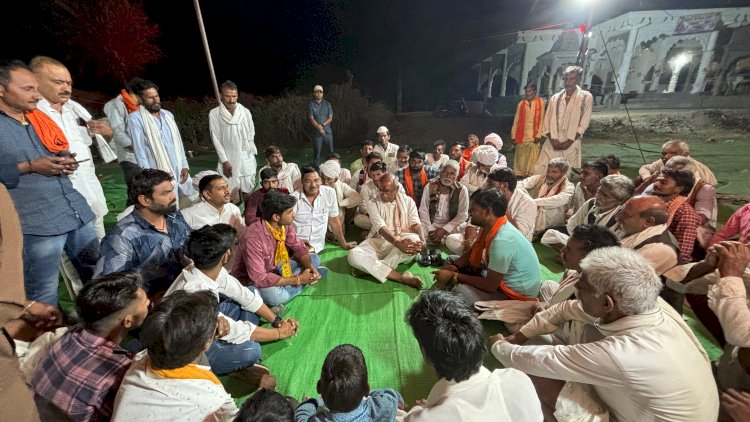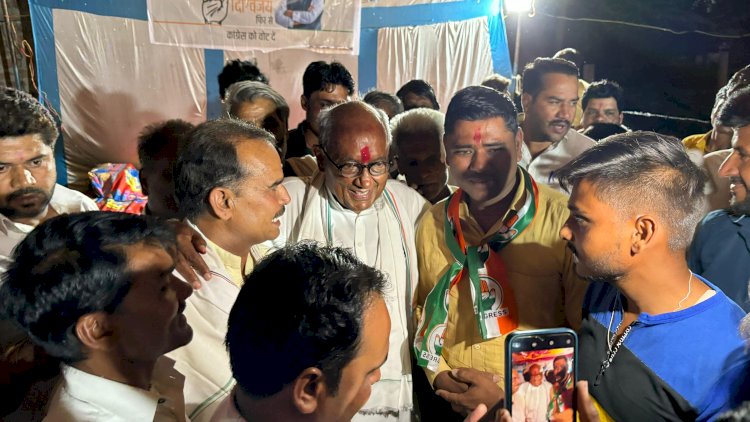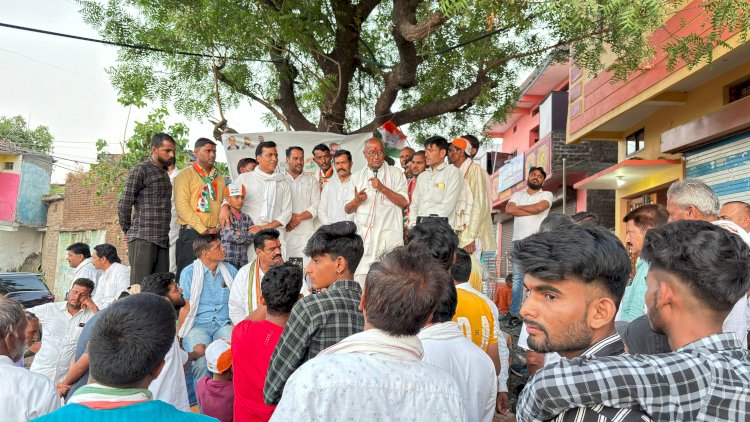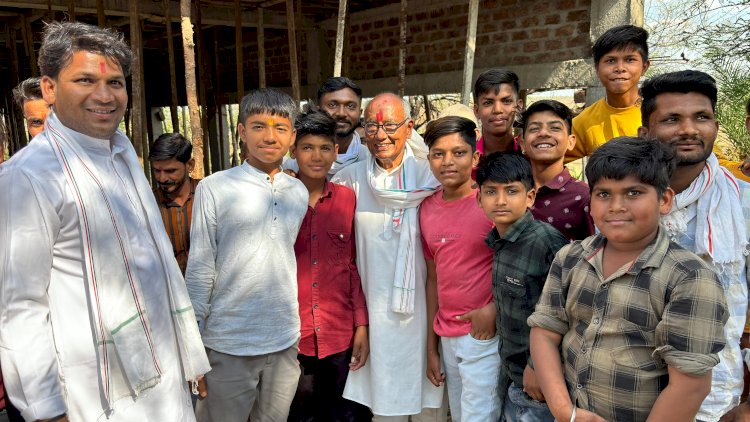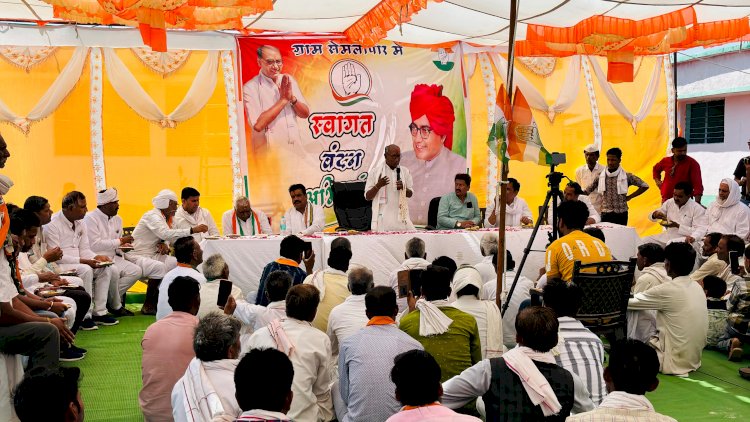With the tragic untimely passing away of Sanjay Gandhiji, Rajiv Gandhi decided to join politics and subsequently became the General Secretary of the AICC. He wanted to infuse young blood in Congress party from all parts of country who could work with him to strengthen the party. I was shortlisted for the same, I was called to Delhi for an interview with Rajiv Gandhi Ji. He asked me, "Digvijay, what do you want to do?" I said, "I want to work with you in the organization." He said, "You're a minister, how can you resign?" I said, "I'll resign today, if I get the opportunity to work with you." He smiled and said, "Okay, will you resign?" I said, "I will." Anyway, he had asked me to contest the Lok Sabha elections again, and I fought election and won. At that time there was a Congress wave in country, we won over 425 seats.
After Indira Gandhi Ji's tragic demise, he became the National President of the AICC, and after becoming Prime Minister, he appointed me as the President of the State Congress Committee. This was a challenge for me, because at that time, Madhya Pradesh had many senior and experienced leaders. There was Dr. Shankar Dayal Sharma Ji, Prakash Chand Sethi JI, Vidya Charan Shukla Ji, Arjun Singh Ji, Shyama Charan Shukla Ji, Madhavrao Scindia Ji, Kamal Nath Ji, and Motilal Vora Ji. I was only 38 years old.
After taking charge as State President I resolved to take everyone along. I had previously worked in the organization, as the District Congress General Secretary and as the General Secretary of the State Youth Congress Committee. Therefore, I faced no difficulties and was well-known and connected with people in every district. I had cordial relations with all our senior Congress leaders and the people. Although I always worked with Arjun Singh with complete loyalty, I never let any other senior Congress leader feel that I did not maintain good relations with them. "Thus, I served as President of the State Congress Committee for three consecutive years, maintaining contact with people from every corner of Madhya Pradesh. For this, I express my gratitude to Rajiv ji for giving me this opportunity."
In 1992, organizational elections were held. Ghulam Nabi Azad and Ahmed Patel were observers. Dilip Singh Bhuria and I were contested the election for the post of State Congress President and I was declared the winner after counting of votes as president of the State Congress Committee. I continued to have a very good relationship with Dilip Singh Bhuria even after the elections, there was never any animosity between us.
